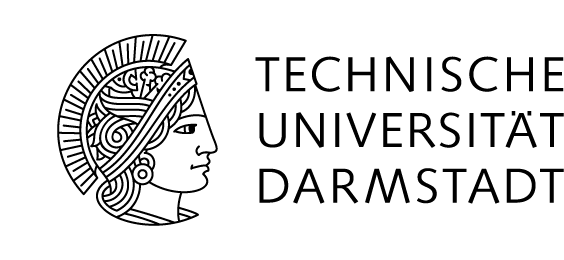B1 | Subprojekt B1: Expanding boundaries of linear-flow-splitting process
Motivation:
The limits of instability of lightweight-structures can be expanded to higher loads by bifurcations. In these cases an improvement of deformation characteristics is significant. However the production of simple t-profiles made out of sheet metal in an integral construction in order to avoid material lamination proves very sophisticated.
Objectives:
Linear flow-splitting is a technology of bulk metal forming. With this process branched structures can be formed. Previous project-targets applied the implementation of the continuous linear-flow-splitting in order to increase the splitting depth within a reliable process. Furthermore the research-activities focussed on the analysis and optimization of a subsequent roll-forming-process. Future contents of the project will concentrate on the realization of the Flexible Flow-Splitting of sheet metal with flexible cross sections.
This process holds new potential of innovation concerning the production of flexible and bifurcated structures because of the realization of varying cross-sections aligned to specific loads.
Approach:
The process of flexible-flow-splitting is studied according to the characteristics and phenomena of the linear flow-splitting.
The dimensioning of the process and the tool system is based on precedent analytical and numerical studies. After the realization of the flexible flow-splitting stand the process can be implemented. Experimental studies of the possibilities and boundaries of flexible flow-splitting are complemented by numerical sensitivity analyses.
This investigation allows getting process-knowledge of flexible flow-splitting especially concerning parameters and basic mechanisms of this new forming process.



